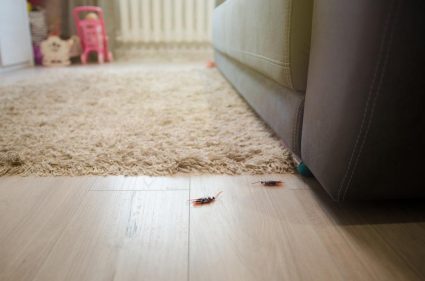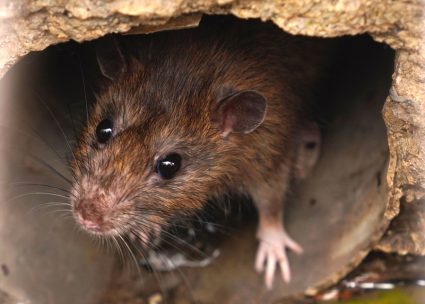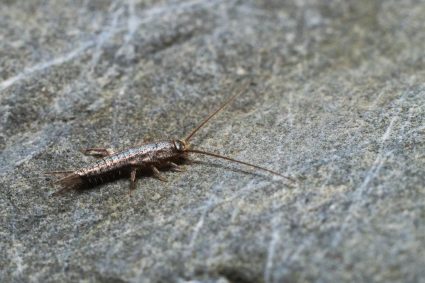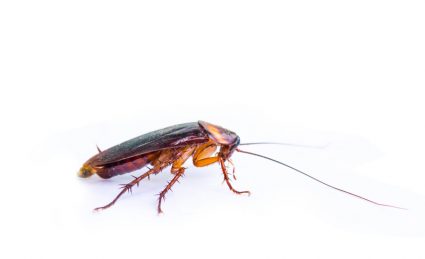
In the world of houseplants, Spider Plants (Chlorophytum comosum) are a popular choice among plant enthusiasts. Their attractive, spider-like appearance and easy-to-care-for nature make them a favorite. However, if you’re a cat owner, you might have noticed your feline friend showing a particular interest in these plants. While Spider Plants are non-toxic to cats, excessive consumption can lead to mild hallucinogenic effects and upset stomachs in cats. So, how can you keep your cats away from your beloved Spider Plants? This comprehensive guide will provide you with a variety of solutions.
To keep cats away from Spider Plants, you can hang the plants out of the cat’s reach, use deterrent sprays with scents cats dislike, create physical barriers using materials cats don’t like, distract your cat with toys and cat-friendly plants, or train your cat to avoid the plants. It’s also worth considering cat-safe houseplant alternatives like the Rattlesnake Plant or Parlor Palm.
Why Are Cats Attracted to Spider Plants?
Spider Plants are known for their long, narrow leaves that often cascade over the edge of the pot, giving them a grass-like appearance. This can attract cats who enjoy chewing on similar textures. Additionally, Spider Plants produce compounds similar to opium, which can cause a mild hallucinogenic effect in cats. This effect is similar to the infamous catnip craze.
Potential Health Risks for Cats
Although Spider Plants are not considered toxic to cats, ingestion can cause an upset stomach, vomiting, and diarrhea. If your cat consumes large amounts of the plant, it could lead to these mild health issues. Moreover, if you use any pesticides or chemicals on your Spider Plants, it could potentially harm your cat.
Effective Methods to Discourage Cats from Spider Plants
Hang the Plants
Cats are agile creatures, but there’s a limit to their jumping ability. Hanging your Spider Plants from the ceiling or placing them on high shelves can keep them out of your cat’s reach.
Use Deterrent Sprays
Cats dislike certain scents, like citrus or bitter apple. Spraying these on the leaves of your Spider Plant can deter your cat. A homemade solution of cayenne pepper, lemon juice, and water can also keep cats at bay.
Create Physical Barriers
Consider using aluminum foil or double-sided sticky tape around your plants. Cats usually dislike the texture and sound of these materials.
Provide Distractions
Offer your cat plenty of toys and activities to keep them entertained and less interested in your plants. Cat-friendly plants like catnip or cat grass can divert their attention away from your Spider Plants.
Train Your Cat
Training your cat to avoid your plants is a longer-term, but effective solution. Use a water spray bottle to deter your cat when they approach the plant. Remember to offer positive reinforcement when they stay away from the plant.
Cat-Safe Houseplant Alternatives
If you’re looking for some cat-friendly alternatives to Spider Plants, consider the following options:
- Rattlesnake Plant
- Parlor Palm
- Calathea Orbifolia
- Ponytail Palm
- Prayer Plant
Always remember, each cat is unique and may respond differently to these solutions. Patience, consistency, and a bit of trial and error can help you find the most effective method to keep your cat away from your Spider Plants.
Frequently Asked Questions
Are there any other houseplants that cats are attracted to?
Yes, apart from Spider Plants, cats are often attracted to several other houseplants like Catnip, Valerian, and Silver Vine due to the enticing odors they emit.
Can all cats jump high enough to reach hanging plants?
While cats are known for their agility and jumping ability, the height they can reach varies depending on factors like their age, health, breed, and individual fitness level. However, most cats would find it challenging to reach plants hanging from a ceiling or high shelves.
How often should I use deterrent sprays on my Spider Plants?
The frequency of using deterrent sprays can vary based on their effectiveness and your cat’s persistence. As a general rule, reapply the spray once you notice your cat showing interest in the plant again.
How long does it take to train a cat to avoid plants?
Training duration can vary greatly from one cat to another. Some cats may learn to avoid plants within a few days, while others may take weeks. Consistent training and positive reinforcement are key to faster learning.
Are all the cat-safe houseplant alternatives listed non-toxic to cats?
Yes, all the cat-safe houseplant alternatives listed in this article, including the Rattlesnake Plant, Parlor Palm, Calathea Orbifolia, Ponytail Palm, and Prayer Plant, are considered non-toxic to cats.











